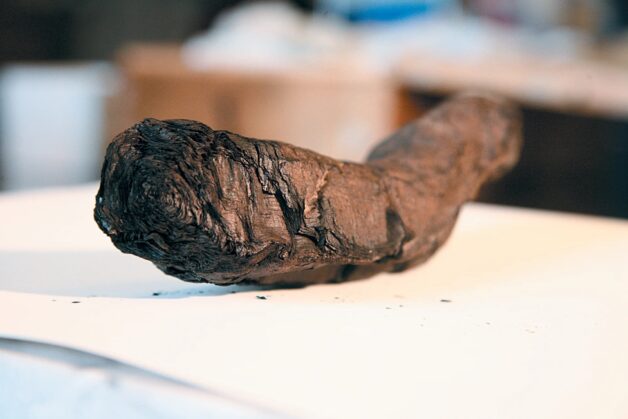Here’s an interesting piece from Scientific American about digitally unrolling extremely fragile carbonized papyrus scrolls from Herculaneum. An excerpt reads:
He had just finished digitally unrolling some high-resolution scans of carbonized papyrus. He’d uploaded the images, he said, to a shared server. “Dude,” Farritor replied, “this is awesome. I’ll run it very soon.”
Kyles’s papyrus was from Herculaneum, an ancient Roman town on the Bay of Naples, at the base of Mount Vesuvius, that is home to the only preserved library from classical antiquity. The collection of papyri—from which about 1,800 mostly unreadable scrolls and fragments have so far been extracted—was interred under 60 feet of material deposited by pyroclastic flows, at temperatures greater than 900 degrees Fahrenheit, during the same eruption that destroyed Pompeii in C.E. 79.
Read the entire piece:


